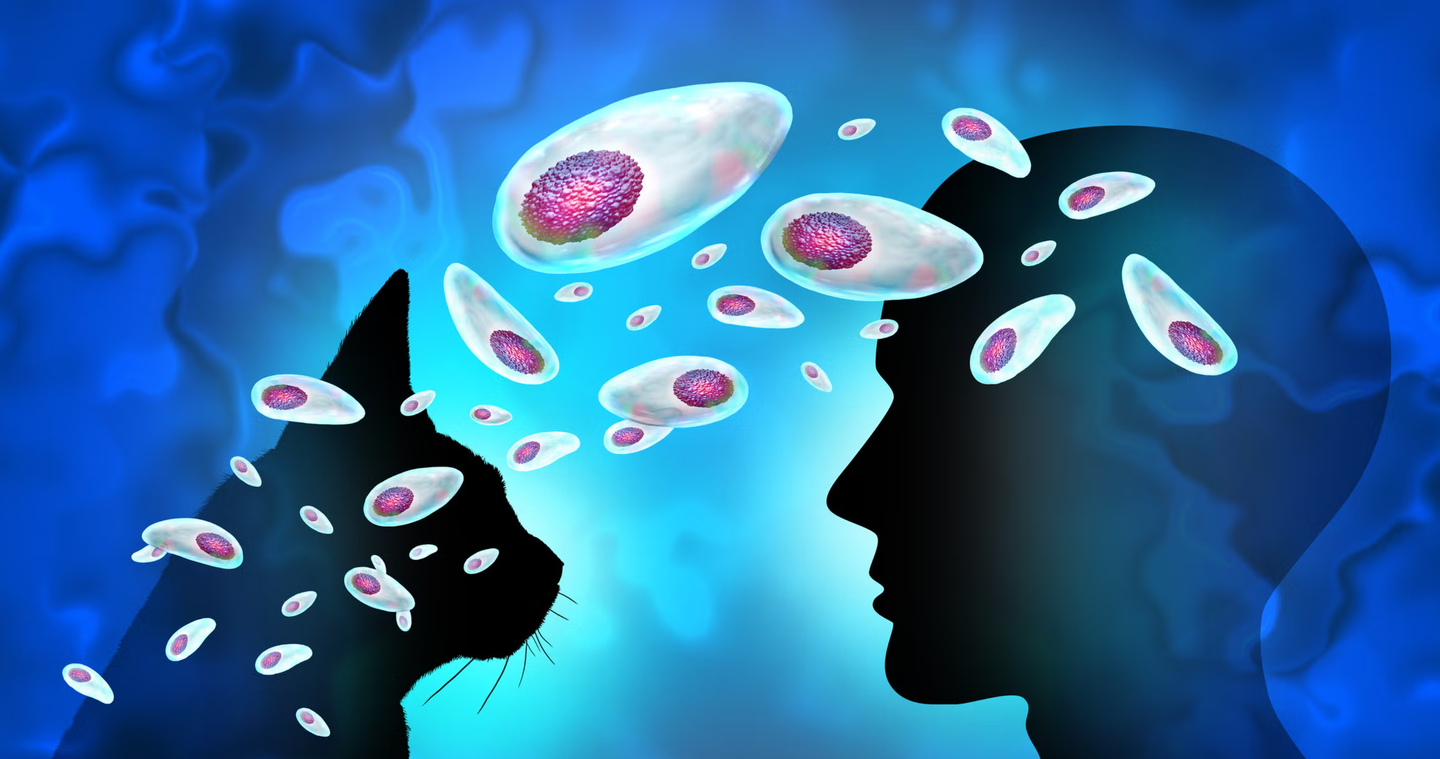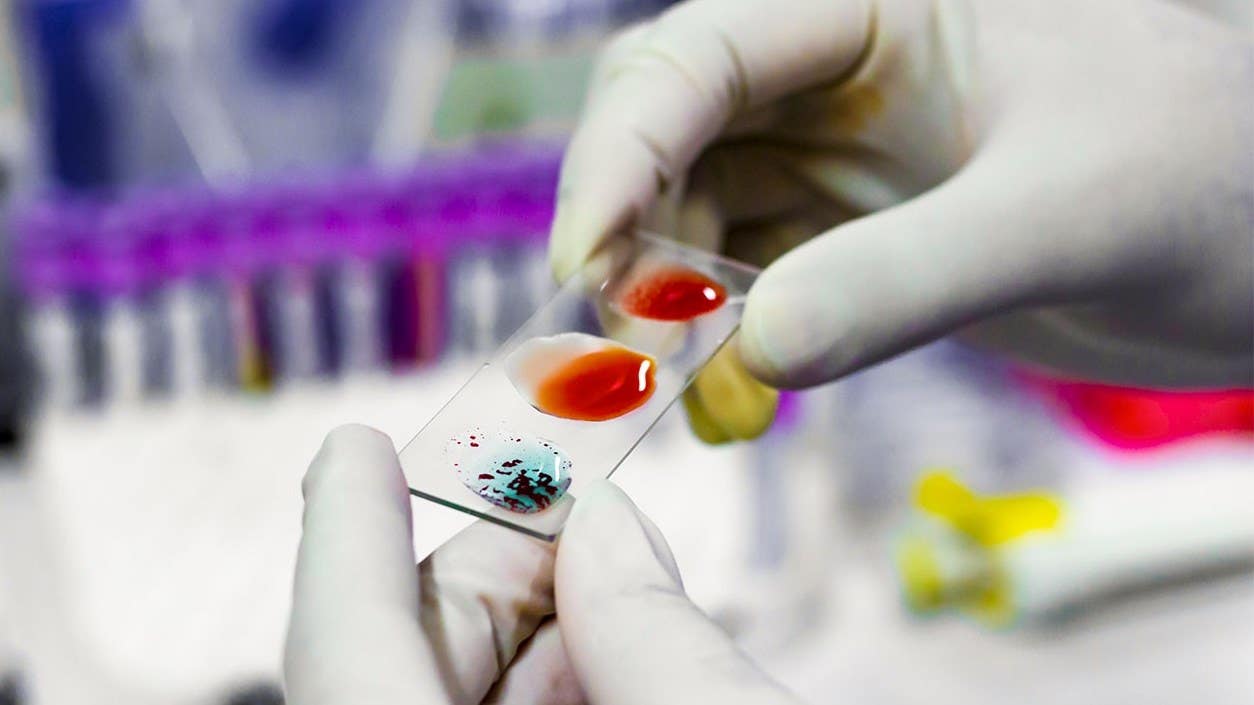30% of Americans are infected by a brain parasite that silently alters brain function
Toxoplasma gondii infection disrupts brain cell communication, potentially increasing hidden neurological risks.

A microscopic parasite disrupts brain communication by altering neuron signals. (CREDIT: wildpixel/iStock/Getty Images Plus)
A microscopic parasite quietly infects the brains of millions worldwide. Known scientifically as Toxoplasma gondii, this tiny invader silently alters brain function without obvious symptoms. Beneath this stealth lies a complex interaction with brain cells, highlighting new health risks previously underestimated.
Nearly one-third of Americans carry Toxoplasma gondii, often unaware they harbor the parasite. Usually contracted from undercooked meat or contact with cat feces, the infection rarely causes obvious illness in healthy people. However, this parasite can form long-lasting cysts inside brain cells, specifically neurons, quietly disrupting essential brain communications.
Neurons and Astrocytes: A Vital Partnership
Neurons carry vital information through electrical signals, enabling movements, thoughts, and feelings. These nerve cells depend heavily on support from astrocytes, the most abundant type of supportive brain cells. Astrocytes nourish neurons, maintain brain chemistry, and regulate critical neurotransmitters like glutamate, preventing harmful build-up.
Recent research by a team at the University of California, Riverside, led by Professor Emma H. Wilson, uncovers precisely how Toxoplasma gondii infection disrupts this crucial partnership. Wilson's group, reporting in the journal PLoS Pathogens, showed the parasite specifically affects neuron-astrocyte communication by altering extracellular vesicles (EVs).
Extracellular vesicles are tiny sacs released by cells, carrying proteins, genetic materials, and chemical signals. Cells use these vesicles to communicate vital messages over short distances. Normally, neurons produce ample EVs that astrocytes receive, regulating neurotransmitters like glutamate. But the researchers discovered infected neurons drastically reduce EV production and alter their contents.
Altered Messages: Parasite-Influenced Vesicles
The study team employed sophisticated laboratory techniques, including nanoparticle tracking, electron microscopy, and genetic sequencing, to analyze vesicles from infected neurons. They found infected neuron vesicles contained unusual proteins specific to Toxoplasma gondii, like GRA7 and MAG1, proteins not normally found in human or mouse cells.
Related Stories
"We found this disruption in EV signaling can interfere with how neurons and glial cells, especially astrocytes, maintain a healthy brain environment," said Wilson. "Even a handful of infected neurons can shift the brain’s neurochemical balance."
Indeed, the altered vesicles changed astrocyte behavior significantly. Upon receiving these modified EVs, astrocytes increased inflammation-related gene activity and sharply reduced production of GLT-1, the key glutamate transporter.
A Dangerous Neurochemical Shift
Glutamate is the primary excitatory neurotransmitter in the brain. Astrocytes typically remove excess glutamate, protecting neurons from overstimulation, which can cause seizures or nerve damage. But when GLT-1 levels fall, excess glutamate accumulates, potentially causing harmful excitability in the brain.
Previous research already linked low GLT-1 to neurological disorders like epilepsy and neurodegenerative diseases. Wilson’s findings suggest chronic, unnoticed parasite infections may similarly disturb the brain's neurochemical balance, posing hidden health risks.
"The parasite may play a larger role in neurological and behavioral conditions than we previously thought," Wilson stated.
Possible Early Detection through Vesicles
Currently, testing for Toxoplasma gondii infection involves detecting antibodies. This method can’t confirm if the parasite still resides actively in brain cells. However, Wilson's discovery opens the door to using EVs as biomarkers, easily isolatable from blood, offering clearer insights into brain infection status.
"Our research opens the door to using EVs as biomarkers, which can be isolated from blood," Wilson explained. This advancement could significantly improve how doctors detect and manage chronic brain infections.
The Riverside team now plans to examine human blood samples from blood banks for signs of parasite-influenced EVs. Additionally, they aim to understand how glial cells recognize parasite proteins, insights that might eventually lead to therapies or even vaccines.
Understanding and Protecting the Brain
While infection with Toxoplasma gondii rarely leads to severe illness in healthy adults, understanding its subtle impacts is essential. This parasite primarily poses risks during pregnancy, as a new infection can cause birth defects. Still, Wilson stresses that proper hygiene and food preparation greatly reduce the infection risk.
"There’s no need to avoid someone who is infected; most people live their entire lives without symptoms," Wilson reassured. "Pregnant individuals should be cautious, as the parasite can cause serious birth defects if contracted for the first time during pregnancy."
Basic preventative measures include cooking meat thoroughly, washing vegetables, and practicing careful hygiene around cat litter, particularly from young cats, known to shed the parasite more frequently.
Wilson emphasizes the importance of increased awareness and ongoing research. Parasite-altered brain chemistry highlights a critical gap in understanding subtle brain infections. This research may fundamentally shift how science views the health impacts of these silent parasites.
"Our brains have built-in defenses that may recognize and respond to neurons infected by Toxoplasma gondii," Wilson noted. "If we can learn how to support or enhance that process, we may be able to better protect people, especially the most vulnerable."
Wilson’s research team includes scientists Emily Z. Tabaie, Ziting Gao, Nala Kachour, Arzu Ulu, Stacey Gomez, Zoe A. Figueroa, Kristina Bergersen, and Wenwan Zhong. The study was partially funded by the UCR Division of Biomedical Sciences.
Note: The article above provided above by The Brighter Side of News.
Like these kind of feel good stories? Get The Brighter Side of News' newsletter.
Rebecca Shavit
Science & Technology Journalist | Innovation Storyteller
Based in Los Angeles, Rebecca Shavit is a dedicated science and technology journalist who writes for The Brighter Side of News, an online publication committed to highlighting positive and transformative stories from around the world. With a passion for uncovering groundbreaking discoveries and innovations, she brings to light the scientific advancements shaping a better future. Her reporting spans a wide range of topics, from cutting-edge medical breakthroughs and artificial intelligence to green technology and space exploration. With a keen ability to translate complex concepts into engaging and accessible stories, she makes science and innovation relatable to a broad audience.



